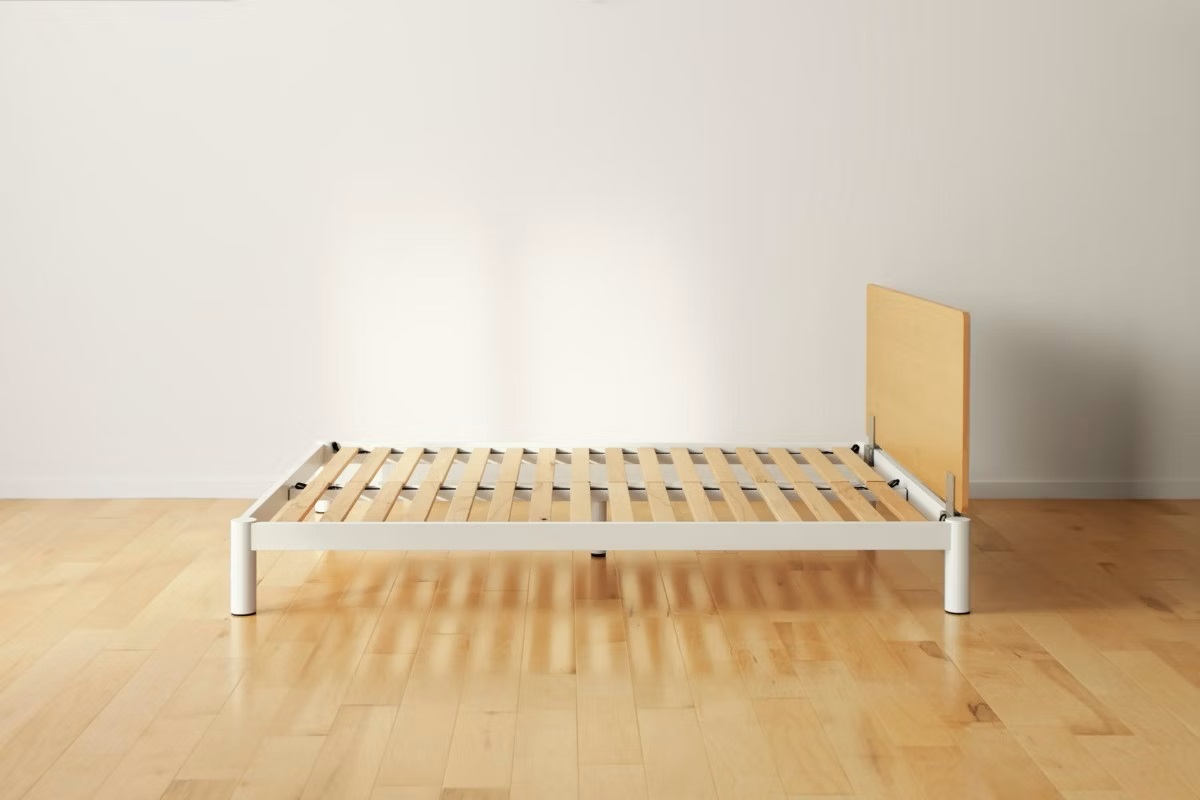

Articles
How To Stop Bed From Sliding On Wood Floor
Modified: February 23, 2024
Prevent your bed from sliding on wood floors with these helpful articles. Learn how to keep your bed in place and avoid any unwanted movement.
(Many of the links in this article redirect to a specific reviewed product. Your purchase of these products through affiliate links helps to generate commission for Storables.com, at no extra cost. Learn more)
Introduction
Have you ever experienced the frustration of your bed sliding across a wood floor every time you try to get in or out? It can be a nuisance, not to mention a potential safety hazard. Thankfully, there are ways to stop your bed from sliding on a wood floor, allowing you to sleep peacefully without worrying about it moving around.
Before we delve into the solutions, let’s understand why beds slide on wood floors in the first place. Wood floors are known for their smooth and often slippery surface. When weight and pressure are applied to the bed, it can easily glide or shift on the floor, leading to an unstable sleeping environment.
In order to prevent this, we need to introduce some friction or traction between the bed and the floor. There are various methods and products available that can help accomplish this goal. Let’s explore some effective ways to stop a bed from sliding on a wood floor.
Key Takeaways:
- Prevent bed sliding on wood floors by using rubber pads, non-slip rug pads, bed stoppers, Velcro, or furniture sliders. These practical solutions provide stability and ensure a secure sleeping environment.
- Choose the best method to stop bed sliding based on your bed’s weight, wood floor type, and personal preferences. Regular maintenance and replacement of worn-out components are essential for long-term effectiveness.
Why does the bed slide on a wood floor?
Understanding the reasons behind why a bed slides on a wood floor is crucial to finding the right solution. There are several factors that contribute to this common problem:
- Smooth surface: Wood floors are typically smooth and can lack grip, especially when polished or finished. This smooth surface allows for easy movement and sliding of the bed.
- Weight distribution: Beds are usually heavy and distribute the weight unevenly. This imbalance can cause the bed to tilt or shift when pressure is applied, leading to sliding.
- Flooring material: Not all wood floors are created equal. Some types of wood, such as hardwood, can be more prone to slippery surfaces compared to others.
- Lack of friction: In many cases, beds are equipped with wheels or casters designed for mobility. While this is convenient for moving the bed, it can also contribute to sliding on a smooth wood floor.
- Movement during sleep: As we shift and move during sleep, the bed may naturally slide due to the combination of our body weight and the slippery surface.
These factors combined can make it challenging to keep your bed in place on a wood floor. Fortunately, there are several effective solutions available to stop your bed from sliding, providing stability and peace of mind.
Ways to stop a bed from sliding on a wood floor
Now that we understand why beds slide on wood floors, let’s explore some effective solutions to stabilize your bed and prevent it from moving:
- Using rubber pads or grippers: Rubber pads or grippers can be placed under the bed legs or feet to provide traction and grip on the smooth wood floor. These pads create friction, making it more difficult for the bed to slide. They are affordable, easy to use, and can be found in various sizes and shapes to accommodate different bed frame designs.
- Applying non-slip rug pads: Non-slip rug pads can serve as an excellent solution to stop bed sliding. Apply the rug pad between the bed base and the wood floor to create a non-slip surface. These pads are designed to grip the floor and prevent movement, providing stability for your bed.
- Installing bed stoppers or caster cups: Bed stoppers or caster cups are small devices designed to fit under each leg or caster of the bed. They provide a stable base and prevent sliding by increasing friction with the floor. These stoppers or cups are typically made of rubber or plastic materials.
- Utilizing Velcro or double-sided carpet tape: Velcro or double-sided carpet tape can provide a strong grip between the bed legs and the wood floor. Apply one side of the Velcro or carpet tape to the bed legs and the other side to the floor. When pressed together, they create a secure bond, preventing the bed from sliding.
- Using furniture sliders with grip pads: Furniture sliders with grip pads can be used to make moving the bed easier while still providing stability. Place the sliders under the bed legs or casters, ensuring that the grip pads are in contact with the wood floor. The sliders allow for smooth movement when needed but prevent unnecessary sliding.
By implementing one or a combination of these methods, you can effectively stop your bed from sliding on a wood floor, ensuring a stable and secure sleeping environment.
Using rubber pads or grippers
One of the simplest and most effective ways to prevent your bed from sliding on a wood floor is by using rubber pads or grippers. These handy accessories provide the necessary traction and grip to keep your bed in place.
Rubber pads or grippers can be easily placed under each of the bed legs or feet. They work by creating friction between the bed and the smooth wood floor, preventing any unwanted movement or sliding. These pads are typically made of durable rubber or silicone materials that are designed to withstand the weight of the bed and provide a stable surface.
When choosing rubber pads or grippers, make sure to select the right size and shape to fit your bed frame. They should be large enough to adequately support the weight of the bed and have a non-slip surface that will adhere securely to the floor.
The installation process is simple and straightforward. Start by removing the bed’s legs or feet, if possible. Place one rubber pad or gripper under each leg or foot and then reattach them to the bed frame. Make sure the pads are centered and properly aligned with the legs to ensure even support.
Once installed, the rubber pads or grippers will create a strong grip between the bed and the wood floor, preventing any sliding or shifting. They are particularly effective on smooth hardwood floors, laminate flooring, or tile surfaces where slippage is more likely to occur.
One advantage of using rubber pads or grippers is their versatility. They can be used not only for your bed but also for other furniture pieces that may slide on wood floors, such as chairs, tables, or dressers. By adding these pads to your furniture, you can create a safer and more stable environment throughout your entire home.
Overall, using rubber pads or grippers is a simple and cost-effective solution to prevent your bed from sliding on a wood floor. They provide the necessary traction and stability, ensuring a secure and comfortable sleeping experience.
Applying non-slip rug pads
If you are looking for a versatile and effective solution to stop your bed from sliding on a wood floor, non-slip rug pads are an excellent option. These pads not only provide stability but also offer additional benefits for your flooring.
Non-slip rug pads are designed to keep rugs in place, but they can also be used as a reliable method to prevent bed sliding. These pads typically have a textured side that grips the floor, creating a non-slip surface. They are commonly made of durable materials such as rubber or felt, which offer both cushioning and traction.
To use non-slip rug pads, start by measuring the size of your bed base. Cut the rug pad material accordingly, leaving a margin around the edges to ensure proper coverage. Place the pad between the bed base and the wood floor, positioning it evenly. The textured side should face down, touching the floor, while the smooth side should be in contact with the bed base.
The non-slip rug pad will act as a barrier between the bed and the floor, providing a secure grip that prevents sliding. The added benefit is that it also helps protect your wood floor from scratches or dents caused by the bed moving or being dragged across the surface.
Non-slip rug pads come in various thicknesses and densities, allowing you to choose the right level of cushioning for your needs. Thicker pads provide more comfort, while denser pads offer enhanced stability. Consider the weight of your bed and your personal preferences when selecting the appropriate rug pad.
Furthermore, non-slip rug pads can be easily trimmed or adjusted to fit different bed sizes or shapes. Whether you have a queen-size bed, a twin bed, or even a platform bed with a unique frame design, these pads can be customized to suit your specific requirements.
In addition to preventing bed sliding, non-slip rug pads have the added benefit of keeping your rug in place. This is especially useful if you have an area rug underneath your bed. By securing both the rug and the bed, you create a stable and cohesive bedroom environment.
Overall, applying non-slip rug pads is a versatile and practical solution for stopping bed sliding on wood floors. They provide stability, protect your flooring, and offer additional benefits for both your bed and area rugs.
Place rubber or non-slip pads under the legs of the bed to prevent it from sliding on the wood floor. These pads provide traction and stability, keeping the bed in place.
Installing bed stoppers or caster cups
If you’re dealing with a bed that has legs or casters, installing bed stoppers or caster cups can be an effective solution to prevent sliding on a wood floor. These accessories create a stable base for your bed, minimizing movement and providing increased friction with the floor.
Bed stoppers or caster cups are small devices that are typically made of rubber or plastic. They are designed to be placed under each leg or caster of the bed, acting as a barrier between the bed and the floor. These stoppers or cups help distribute the weight evenly and prevent the legs or casters from sliding on the smooth wood surface.
To install bed stoppers or caster cups, start by lifting the bed slightly to remove any pressure on the legs or casters. Place one stopper or cup under each leg or caster, ensuring that they are securely aligned and centered. The rubber or plastic material of the stoppers or cups should provide a firm grip on the wood floor, preventing any sliding or movement.
One advantage of using bed stoppers or caster cups is that they provide stability not only on wood floors but also on other types of flooring, such as tile or carpet. They can accommodate different surface textures and provide a secure base for your bed, regardless of the floor type.
Bed stoppers or caster cups come in various sizes and designs to suit different bed frames and leg configurations. They can be easily found at home improvement stores or online retailers. Make sure to choose the appropriate size and material that can support the weight of your bed and provide the necessary grip on your wood floor.
Aside from preventing bed sliding, using bed stoppers or caster cups can also help protect your wood floor from scratches or dents that may occur from the movement of the bed legs or casters. The soft rubber or plastic material acts as a buffer, reducing the risk of damage to your flooring.
Installing bed stoppers or caster cups is a simple and affordable solution that provides stability and prevents bed sliding on a wood floor. By enhancing the grip between the bed and the floor, these accessories create a secure sleeping environment and reduce the risk of accidents or discomfort caused by an unstable bed.
Utilizing Velcro or double-sided carpet tape
Another effective method to stop your bed from sliding on a wood floor is by utilizing Velcro or double-sided carpet tape. These adhesive solutions can create a strong bond between the bed legs and the floor, preventing any unwanted movement or shifting.
Velcro is a versatile fastening system that consists of two components: a hook side and a loop side. To use Velcro to prevent bed sliding, start by attaching the hook side to the bed legs. Then, apply the loop side to the corresponding spots on the wood floor. When the bed is placed on the floor, the hook and loop sides of the Velcro will securely hold the bed in place.
Double-sided carpet tape is another effective adhesive option. This tape is specifically designed to adhere to different surfaces and provides a reliable grip. To utilize double-sided carpet tape, cut small strips of the tape and apply them to the bottom of each bed leg or caster. Press the bed onto the tape to ensure a strong bond with the wood floor.
When using Velcro or double-sided tape, it is essential to thoroughly clean the bed legs and the area of the floor where the adhesive will be applied. Any dust, dirt, or moisture can affect the effectiveness of the adhesive and compromise the bond.
One advantage of utilizing Velcro or double-sided carpet tape is that they are adjustable and easy to remove. If you need to move or reposition the bed, you can simply detach the Velcro or peel off the tape without leaving any residue on the floor.
It is important to note that the adhesive nature of Velcro or double-sided tape may not be suitable for all types of wood floors. Some finishes or sealants may react with the adhesive or cause damage when removed. Test a small area before applying the adhesive to ensure compatibility with your specific wood flooring.
Velcro and double-sided carpet tape are readily available at hardware stores and online retailers. Consider the weight and design of your bed when choosing the appropriate strength and size of Velcro or tape.
By utilizing Velcro or double-sided carpet tape, you can create a secure connection between your bed and the wood floor, effectively preventing sliding and ensuring a stable sleeping experience.
Using furniture sliders with grip pads
Using furniture sliders with grip pads is a practical and convenient solution to stop your bed from sliding on a wood floor. These sliders provide a smooth glide while also offering traction to prevent any unwanted movement.
Furniture sliders are typically made of durable materials such as plastic or felt. They have a smooth bottom surface that allows for easy sliding and mobility. The grip pads, usually made of rubber or silicone, are placed on the top side of the sliders and provide friction against the wood floor to prevent sliding.
To use furniture sliders with grip pads, simply place one slider under each bed leg or caster. The grip pad should be in direct contact with the wood floor, while the smooth surface of the slider should face up to facilitate easy movement. Depending on the weight and design of your bed, you may need multiple sliders per leg to provide optimal support.
One of the advantages of using furniture sliders with grip pads is that they not only prevent bed sliding but also make it easier to move the bed when needed. With these sliders in place, you can easily reposition or rearrange your bed without the risk of damaging the floor or straining your back.
Additionally, furniture sliders are versatile and can be used for other pieces of furniture in your home. If you have chairs, tables, or dressers that tend to slide on the wood floor, simply attach sliders with grip pads to their legs to ensure stability and prevent accidental shifting.
Furniture sliders with grip pads are available in various sizes and shapes to accommodate different bed leg or caster configurations. They can be found at furniture stores, home improvement centers, or online retailers. Consider the weight and size of your bed when selecting the appropriate sliders to ensure they can support the load and provide the necessary grip.
When using furniture sliders, it’s important to regularly inspect and replace them if they show signs of wear or damage. Worn-out sliders may not provide sufficient grip, compromising the stability of your bed.
By using furniture sliders with grip pads, you can enjoy the benefits of both smooth movement and secure stability. These sliders make it effortless to move your bed while ensuring it stays firmly in place on your wood floor.
Conclusion
When your bed slides on a wood floor, it can be a frustrating and potentially dangerous situation. Fortunately, there are several effective solutions to stop bed sliding and create a stable sleeping environment.
Using rubber pads or grippers, applying non-slip rug pads, installing bed stoppers or caster cups, utilizing Velcro or double-sided carpet tape, and using furniture sliders with grip pads are all practical and accessible options to prevent bed sliding on a wood floor.
Rubber pads or grippers provide traction and grip, creating friction between the bed and the floor. Non-slip rug pads act as a barrier, preventing bed sliding while protecting the wood floor. Bed stoppers or caster cups distribute weight evenly and provide stability for the bed. Velcro or double-sided carpet tape create a strong bond between the bed legs and the floor. Furniture sliders with grip pads allow for smooth movement while preventing unwanted shifting.
Each method has its own advantages and considerations, depending on factors such as the weight of your bed, the type of wood floor, and personal preferences. It’s important to choose the solution that best suits your specific needs.
To ensure the effectiveness and longevity of these solutions, regularly inspect and maintain the chosen method. Replace any worn-out or damaged components as necessary.
By implementing these strategies, you can enjoy a stable and secure bed on your wood floor, providing you with a comfortable and peaceful night’s sleep.
Remember, stability and safety should be a priority when it comes to your sleep environment. With the right measures in place, you can rest easy knowing that your bed will stay in place and offer a reliable foundation for a good night’s sleep.
Frequently Asked Questions about How To Stop Bed From Sliding On Wood Floor
Was this page helpful?
At Storables.com, we guarantee accurate and reliable information. Our content, validated by Expert Board Contributors, is crafted following stringent Editorial Policies. We're committed to providing you with well-researched, expert-backed insights for all your informational needs.
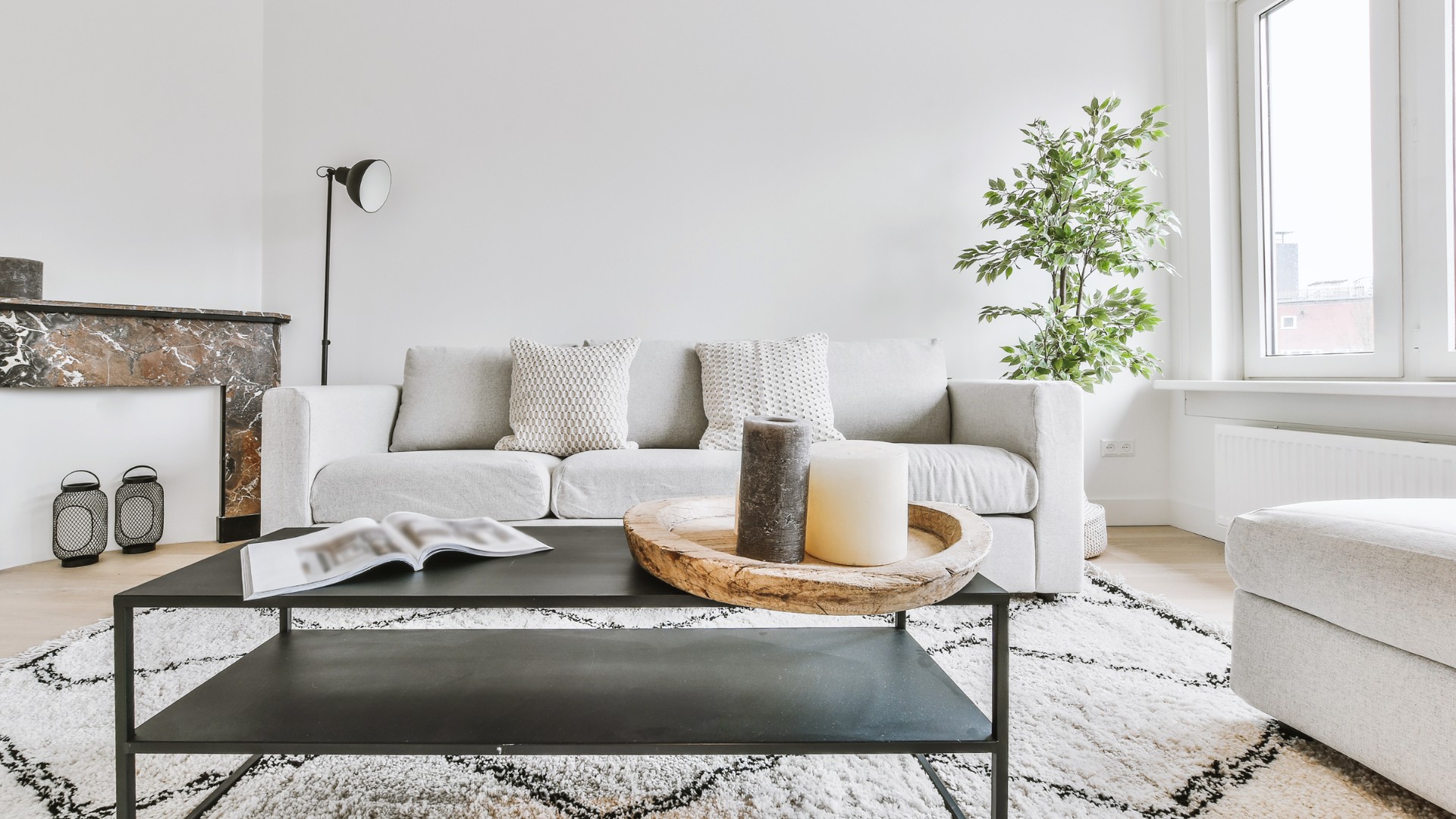
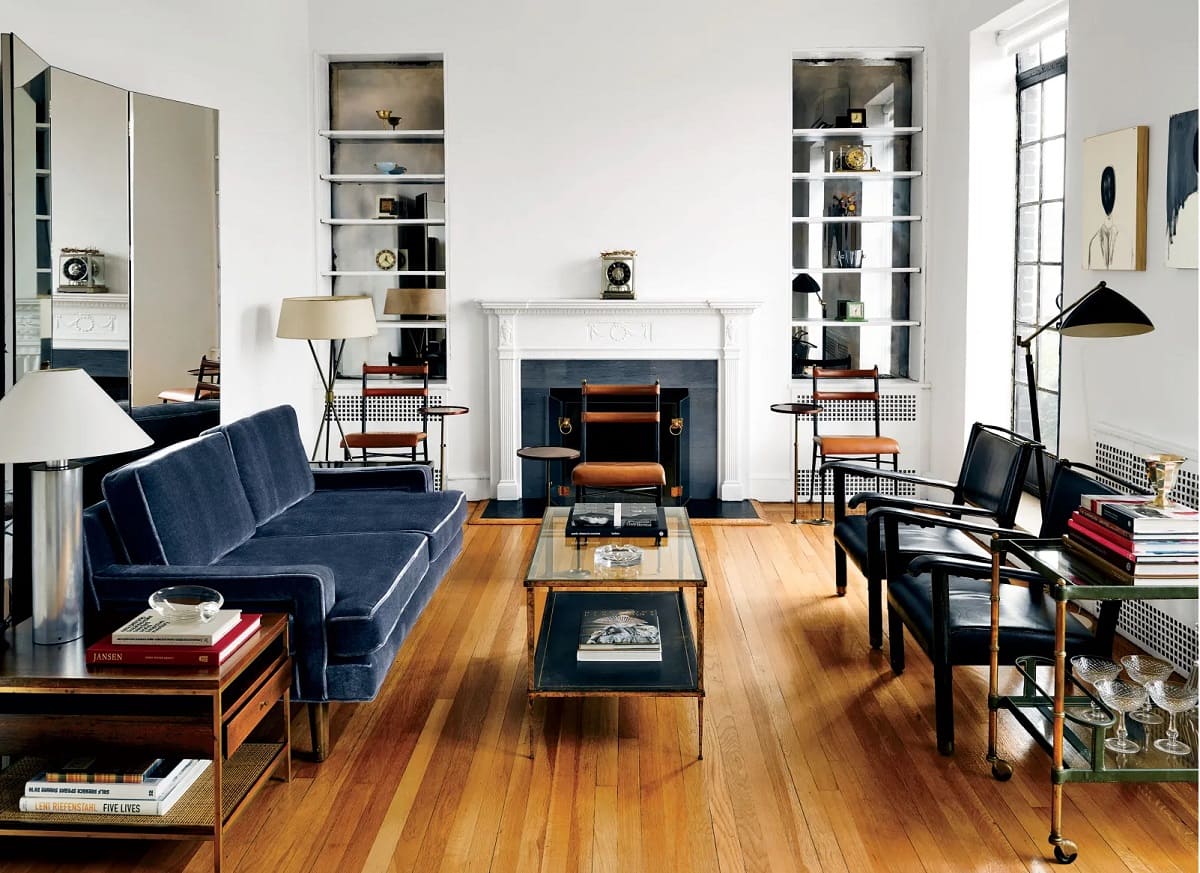
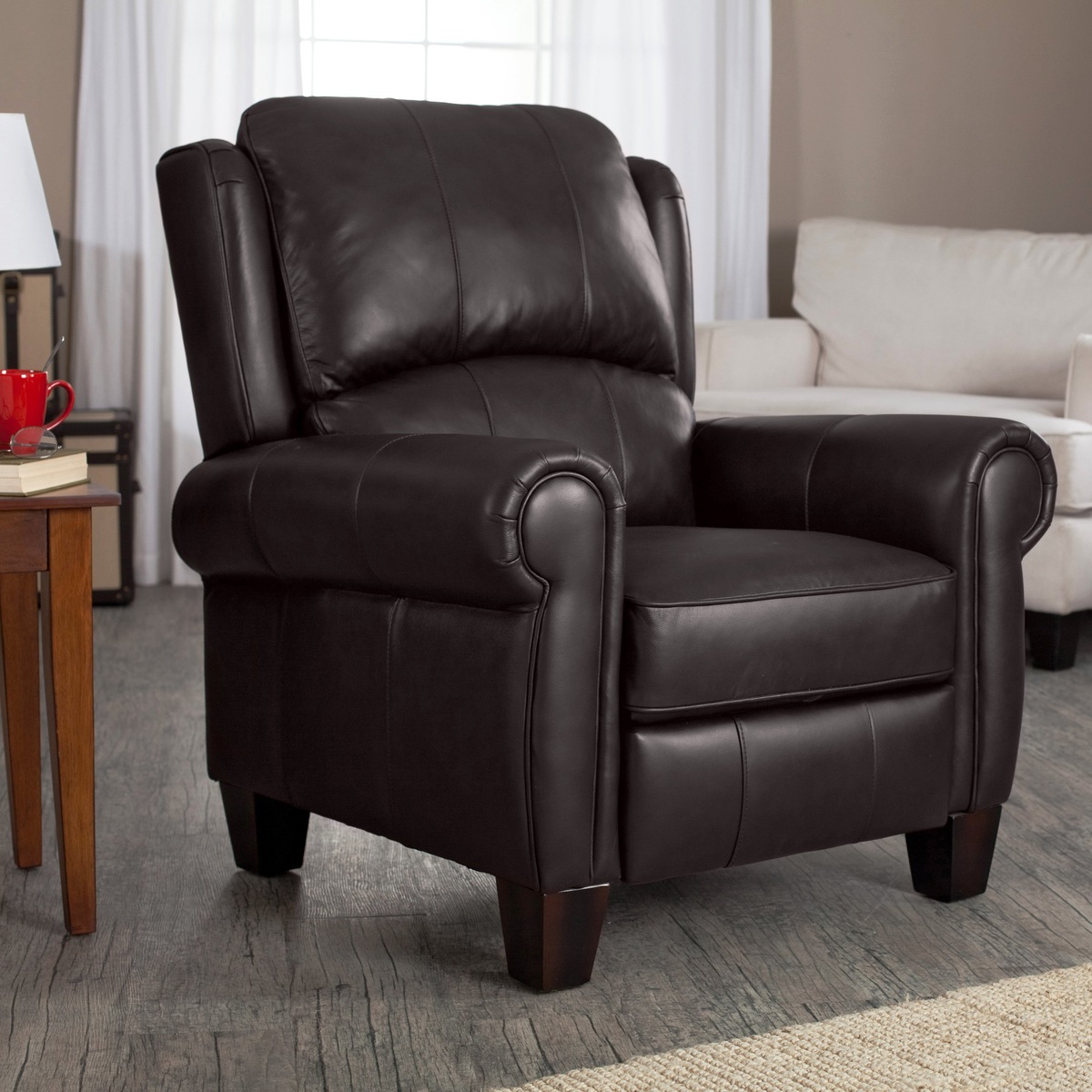
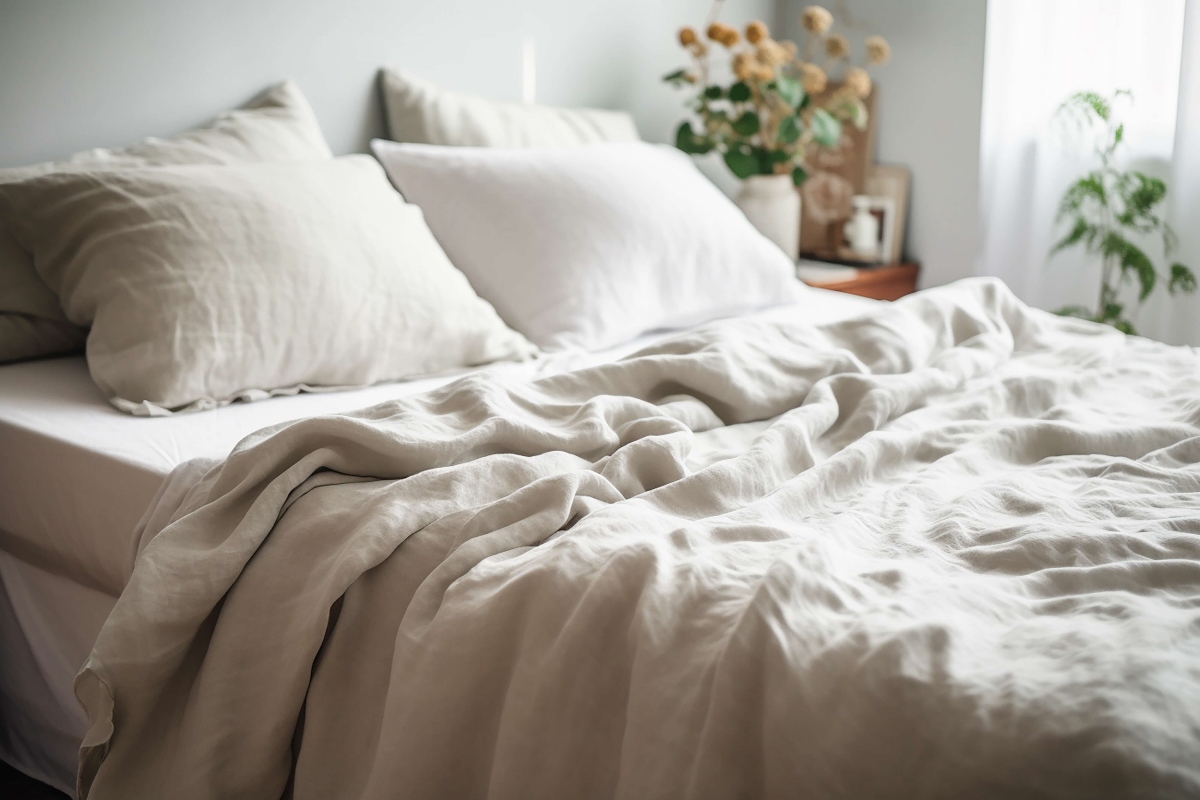
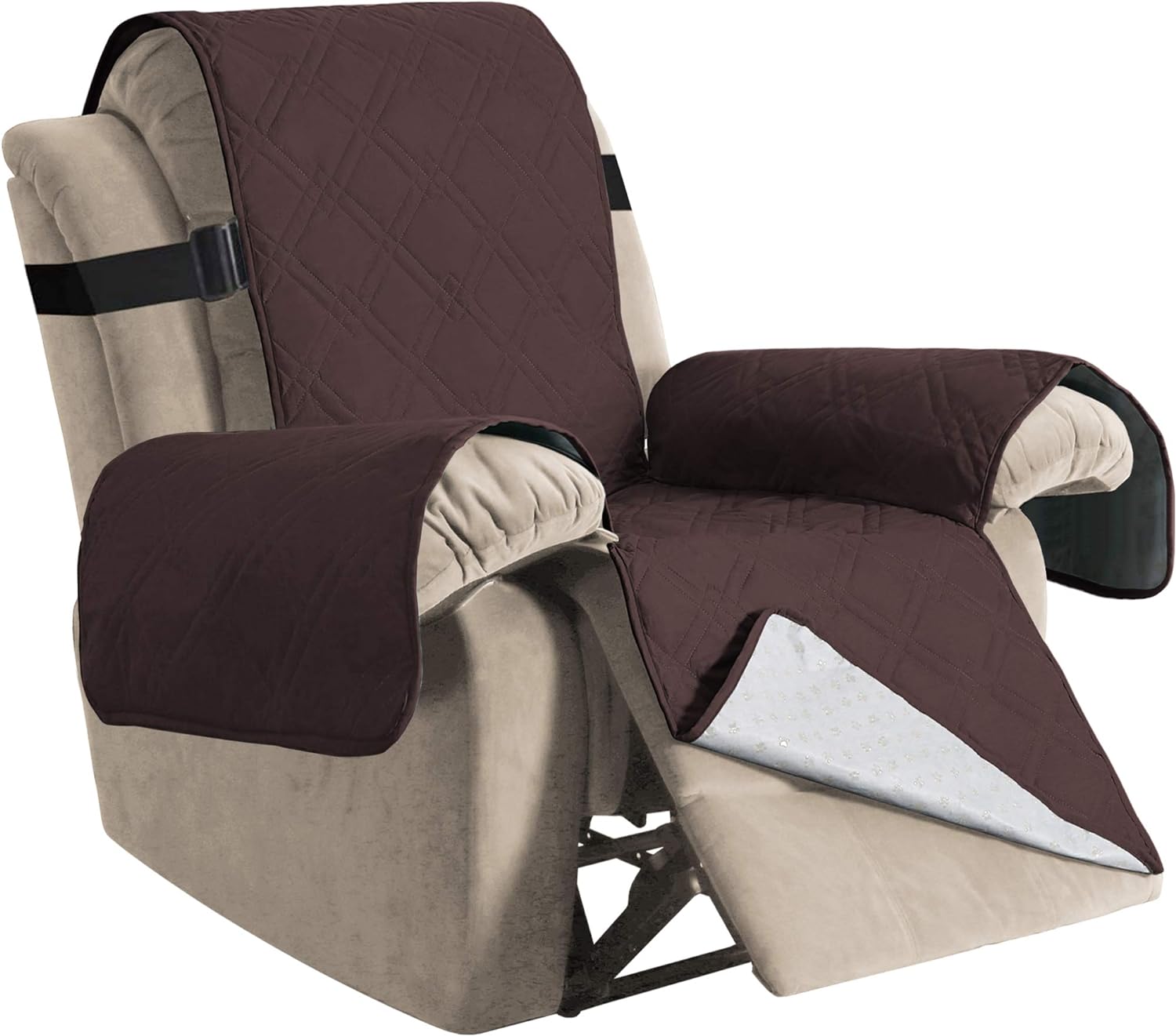
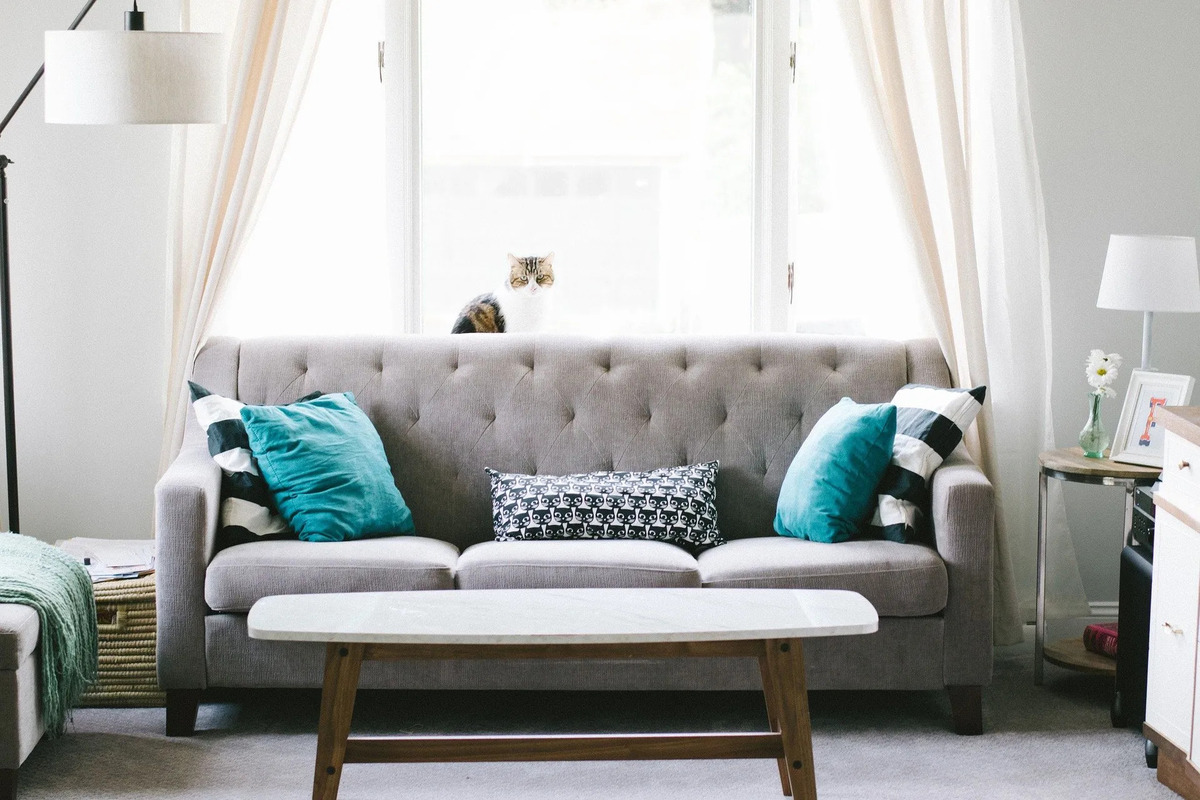
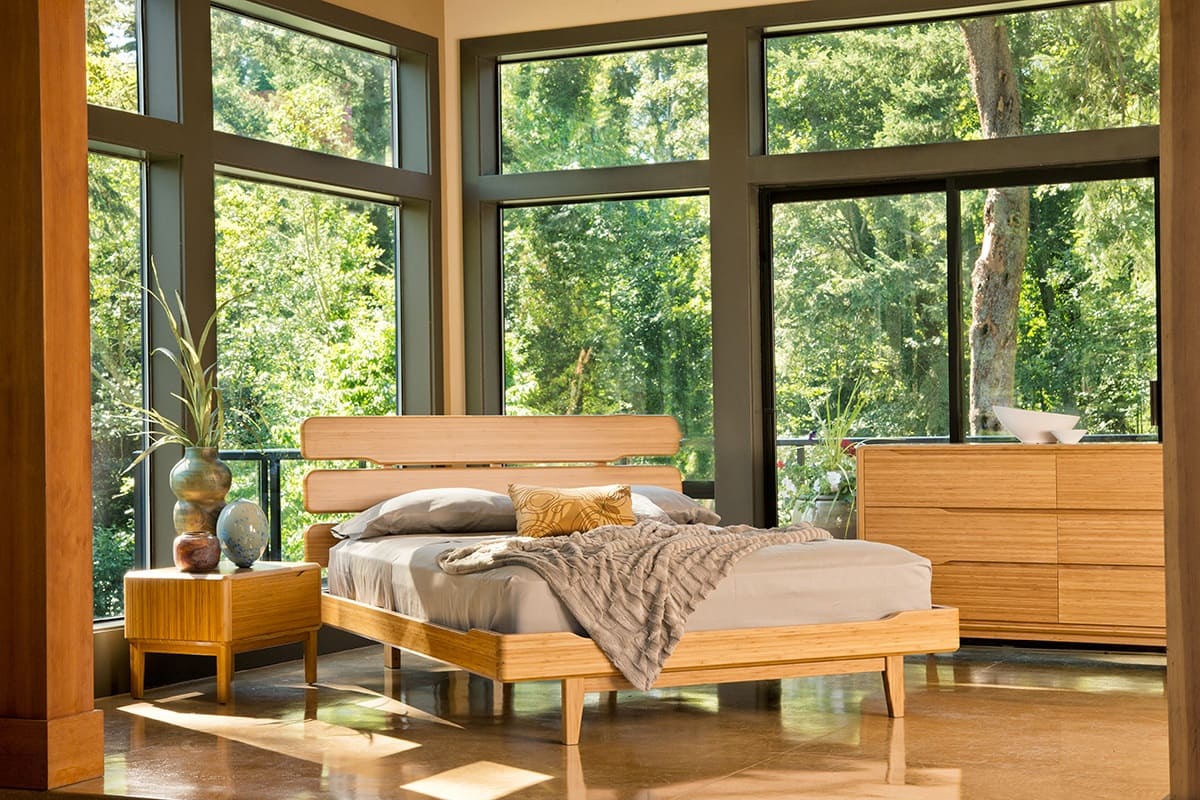
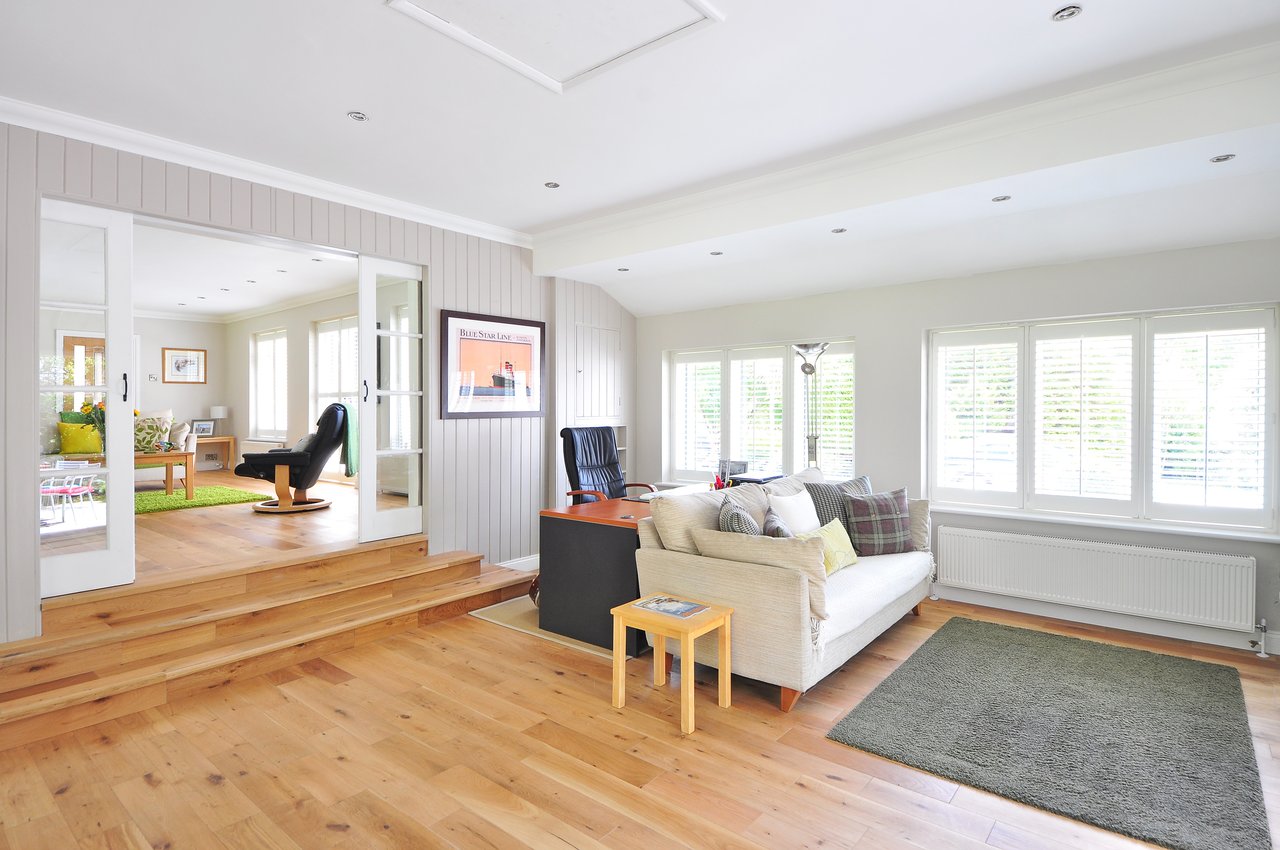
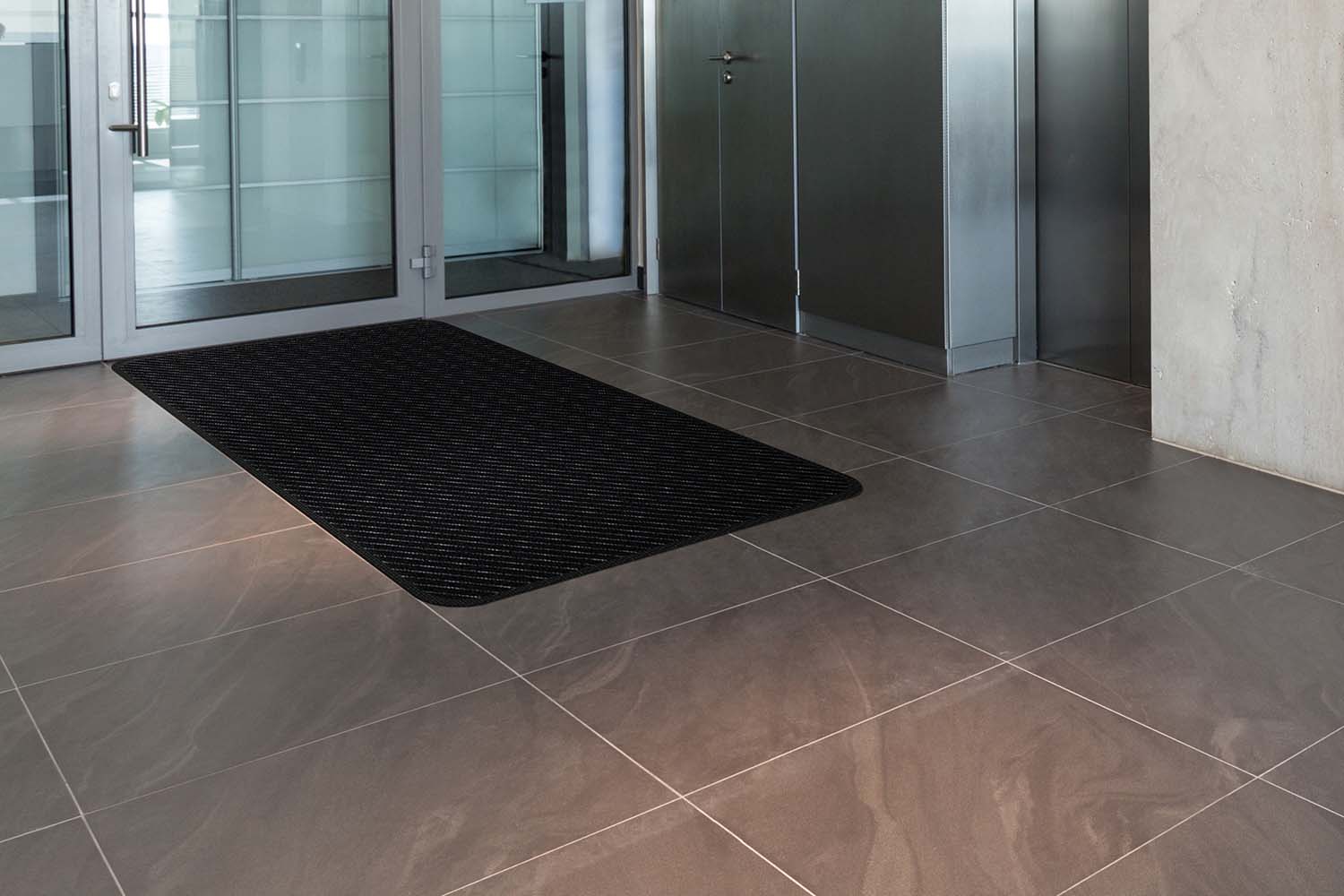
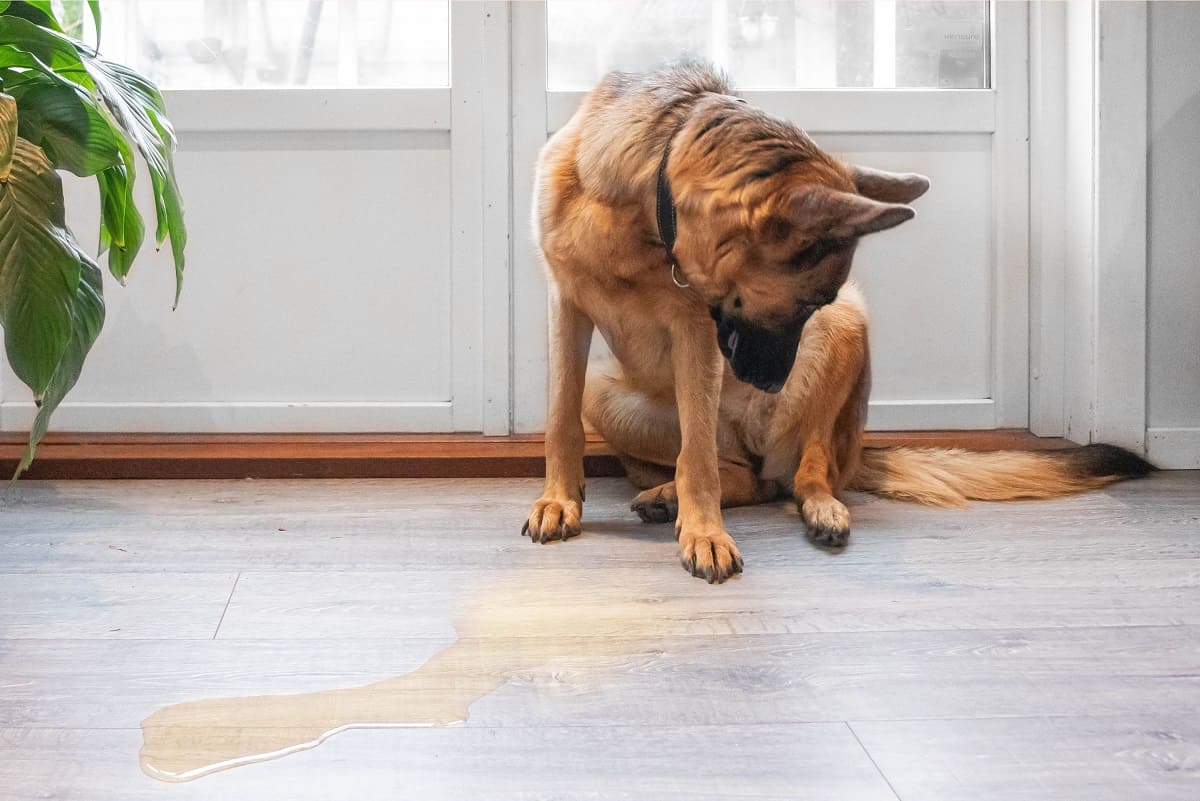
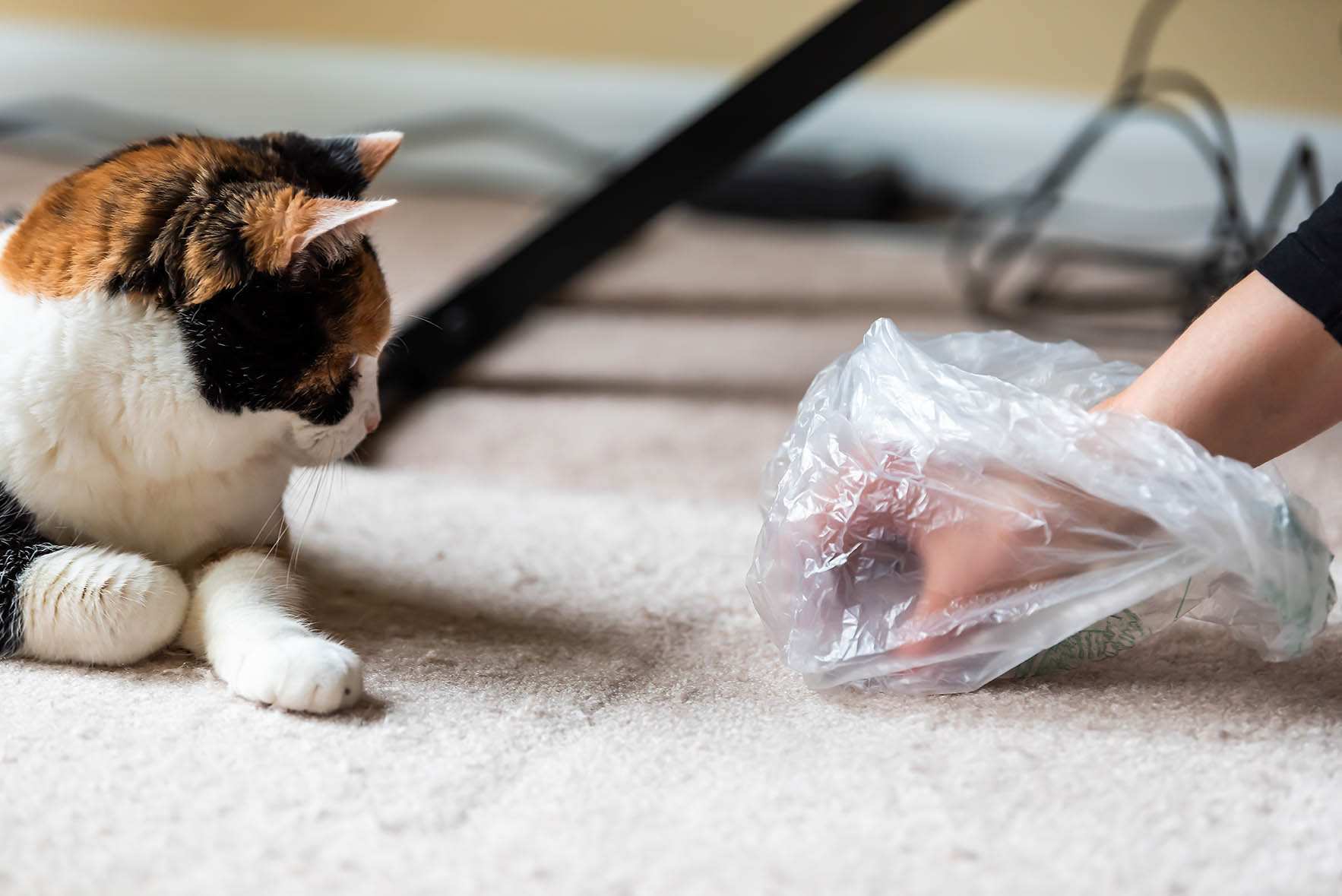
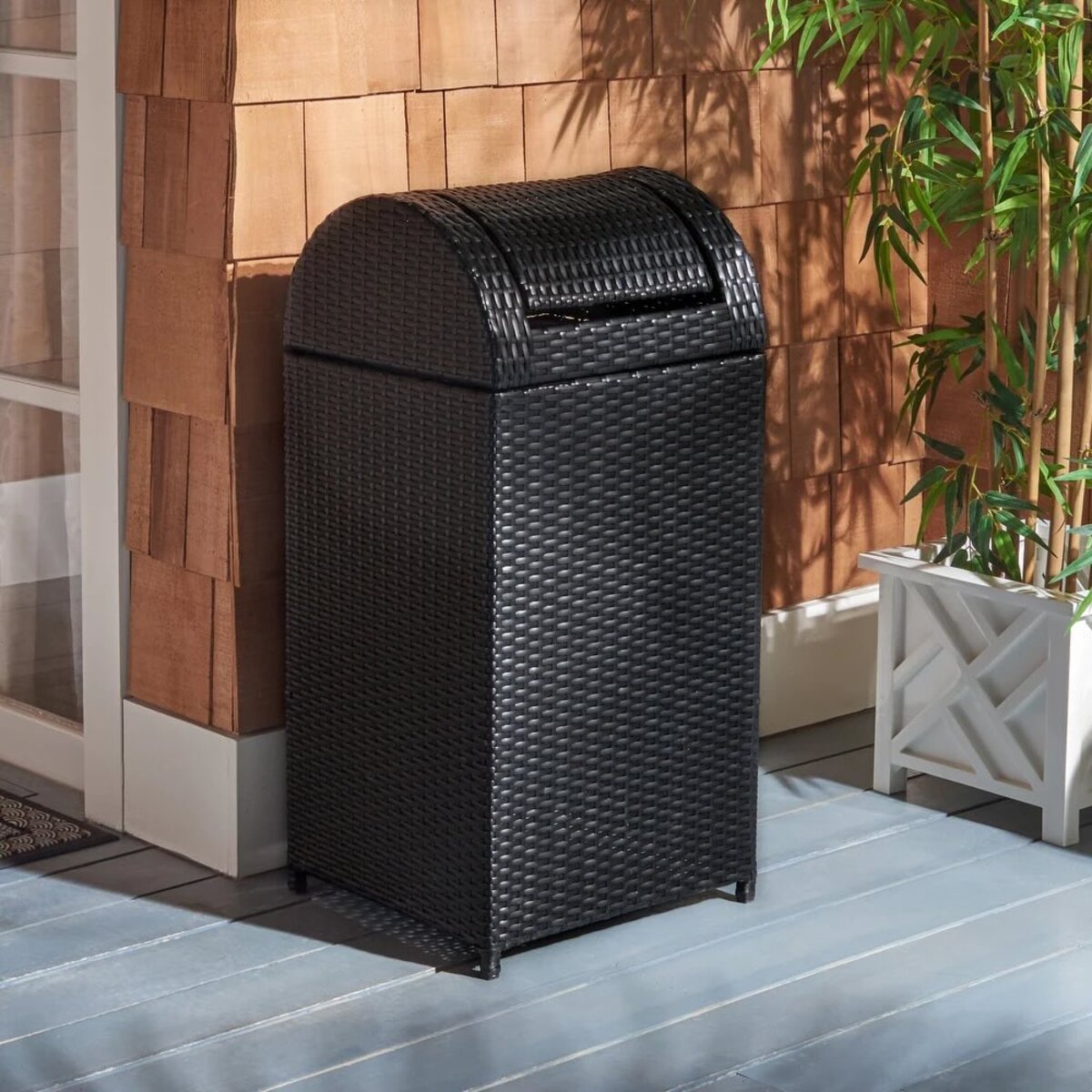

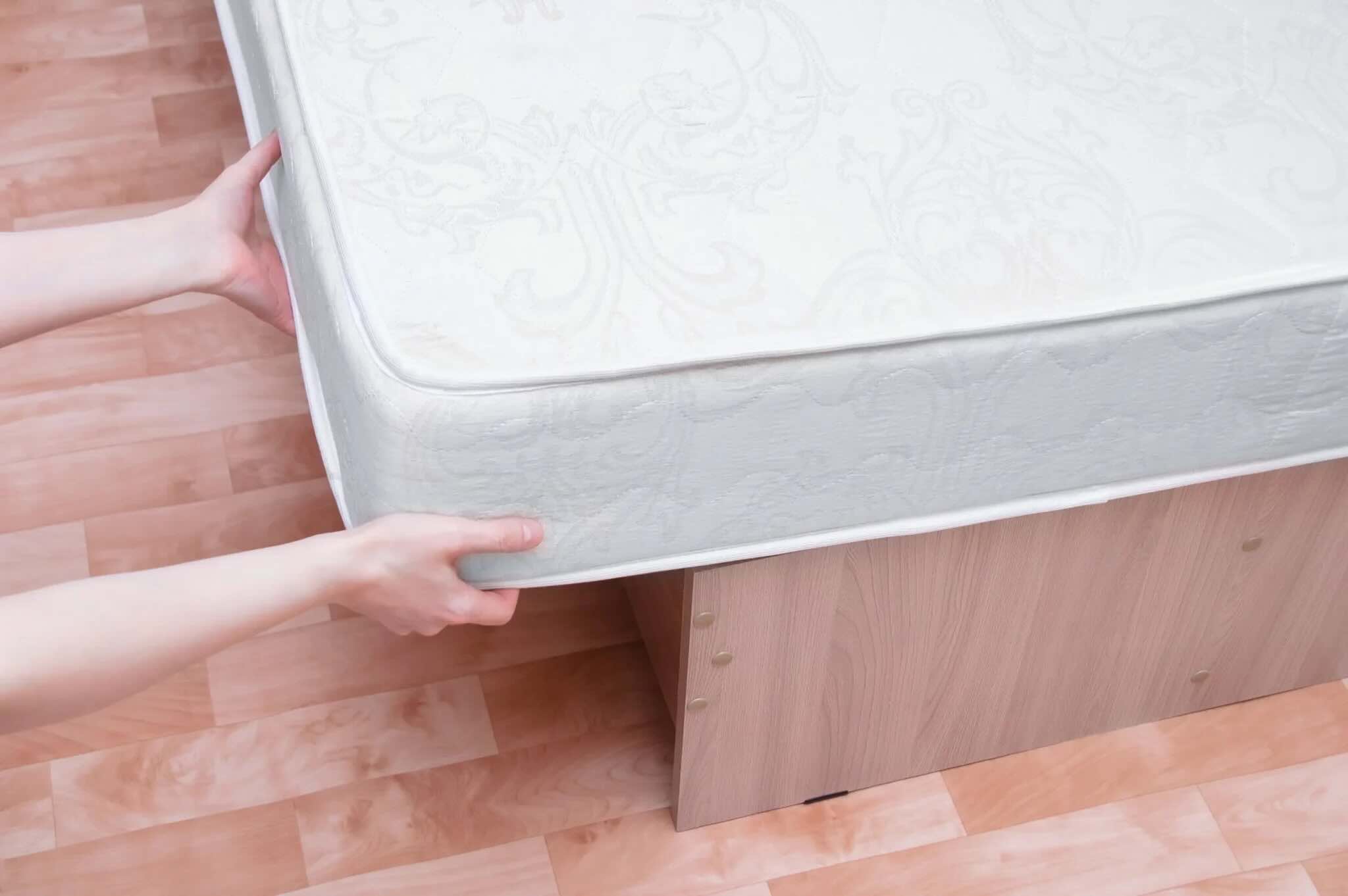

0 thoughts on “How To Stop Bed From Sliding On Wood Floor”